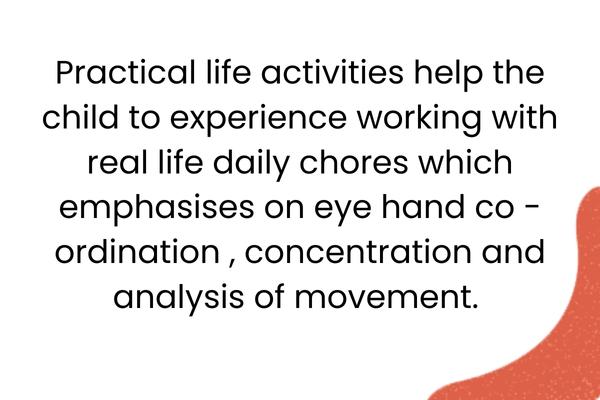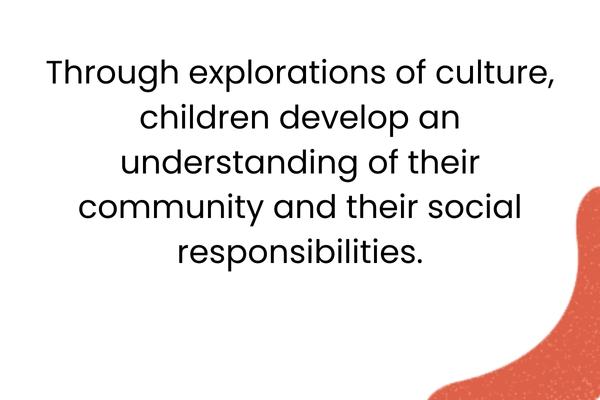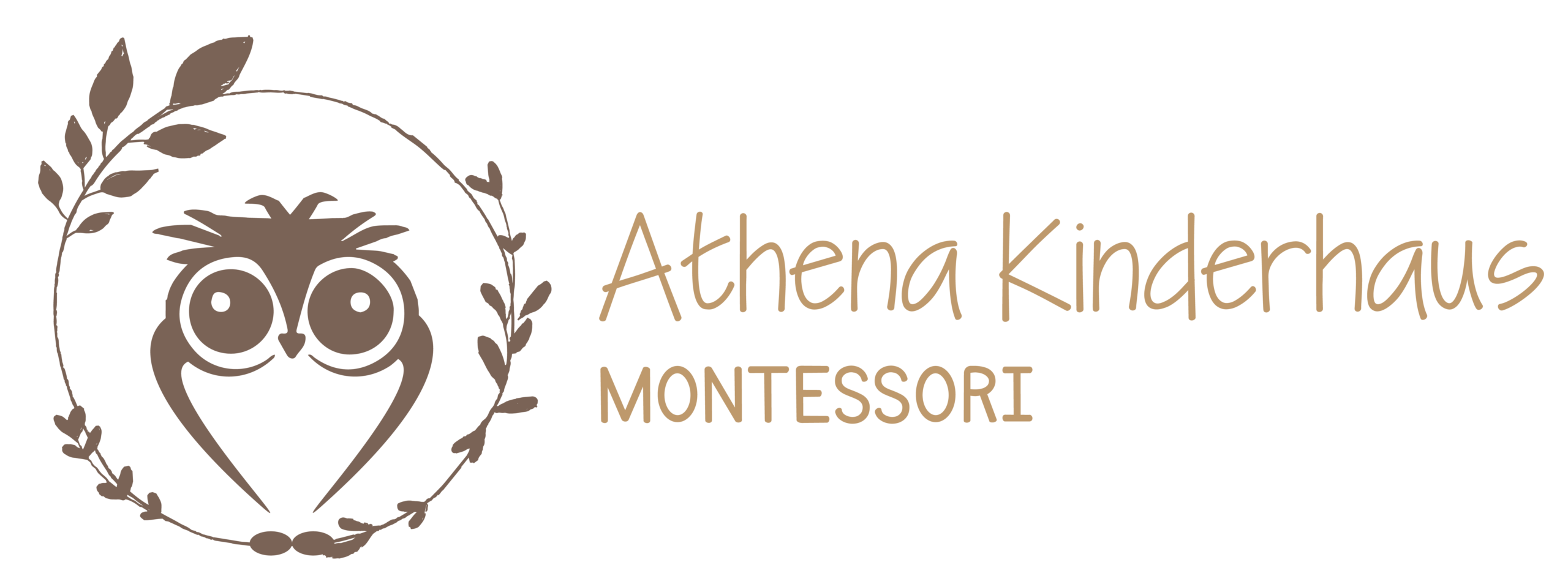


Dr. Montessori believed that education should be a support for life, not just preparation for future academic success. This philosophy is the basis for the Montessori method of education. She opened the first Montessori school, known as the Children’s House, in 1906. Over the following decades, Dr. Montessori continued to study children and develop her curriculum and methodology, which eventually became a widely adopted approach to education. By the 1920s, there were over 1,000 Montessori schools in the United States and many more around the world.
The Montessori philosophy holds that every child is born with an innate drive to learn and a creative mind. The Montessori approach to education is designed to tap into this natural curiosity and encourage children to take control of their own learning. Although the teacher is a guide and assessor, the focus is on the child leading the way and setting the pace. The teacher provides appropriate materials, lessons, and guidance, but ultimately the child decides what they want to learn and how they want to learn it.
The Montessori approach is inclusive and supportive of all children, regardless of their abilities or learning styles. The Montessori environment is designed to be nurturing, with a focus on supporting the child’s cognitive, emotional, social, and physical growth. Children work with concrete materials that have been scientifically designed to help them explore the world and develop important cognitive abilities.
In summary, the Montessori approach to education is child-led, self-paced, and guided by knowledgeable and caring teachers, with a focus on fostering a supportive environment for all children to reach their full potential.




TRADITIONAL APPROACH vs MONTESSORI APPROACH

In the mixed-age environment, the opportunity exists for older children who have “mastered” activities to share their knowledge with younger children; learning is enhanced by this positive exchange of experiences.Children are encouraged to teach, collaborate, and help each other.
Teachers provide environments where students have the freedom and the tools to pursue answers to their own questions. Internal satisfaction drives the child’s curiosity and interest and results in joyous learning that is sustainable over a lifetime.
Teachers work one-on-one with children in order to ensure that they fully grasp tasks and activities.A Montessori teacher is a guide who uses the power of observation to note each individual’s advancement and to encourage them toward greater learning in a stress-free way.
The curriculum is organized into overlapping subjects rather than individual ones. This approach enables children to study over extended periods of time the various aspects and levels of each topic, while solidifying the understanding of the core concepts and avoiding over-reliance on memorization.
The teacher, through extensive observation and record-keeping, designs individual lessons plans that enable each child to learn, improve, and approach lessons that are challenging enough to promote interest and learning
Montessori materials are ingenious hands-on learning tools that are designed to stimulate children’s minds, encourage exploration, and inspire independent learning. They are enticing, simple to use, and intentionally support children’s learning and development.
Child reinforces learning through repetition and feelings of success.The more a child works on a particular task or activity, the stronger they become, and the more confident they are in their abilities.


TRADITIONAL APPROACH vs MONTESSORI APPROACH
In the mixed-age environment, the opportunity exists for older children who have “mastered” activities to share their knowledge with younger children; learning is enhanced by this positive exchange of experiences.Children are encouraged to teach, collaborate, and help each other.
Teachers provide environments where students have the freedom and the tools to pursue answers to their own questions. Internal satisfaction drives the child’s curiosity and interest and results in joyous learning that is sustainable over a lifetime.
Teachers work one-on-one with children in order to ensure that they fully grasp tasks and activities.A Montessori teacher is a guide who uses the power of observation to note each individual’s advancement and to encourage them toward greater learning in a stress-free way.
The curriculum is organized into overlapping subjects rather than individual ones. This approach enables children to study over extended periods of time the various aspects and levels of each topic, while solidifying the understanding of the core concepts and avoiding over-reliance on memorization.
The teacher, through extensive observation and record-keeping, designs individual lessons plans that enable each child to learn, improve, and approach lessons that are challenging enough to promote interest and learning
Montessori materials are ingenious hands-on learning tools that are designed to stimulate children’s minds, encourage exploration, and inspire independent learning. They are enticing, simple to use, and intentionally support children’s learning and development.
Child reinforces learning through repetition and feelings of success.The more a child works on a particular task or activity, the stronger they become, and the more confident they are in their abilities.
Key Curriculum Areas/ Key areas of learning











Knowledge is not acquired by listening to words but by experiences in which the child acts in the emotionally secure and academically excellent environment created around them.
House No. 911HIG/A, Survey No_108. Gachibowli Village, Hyderabad,
Telangana – 500032
+91-8185 91 8185

Knowledge is not acquired by listening to words but by experiences in which the child acts in the emotionally secure and academically excellent environment created around them.
House No. 911HIG/A, Survey No_108. Gachibowli Village, Hyderabad,
Telangana – 500032
+91-8185918185